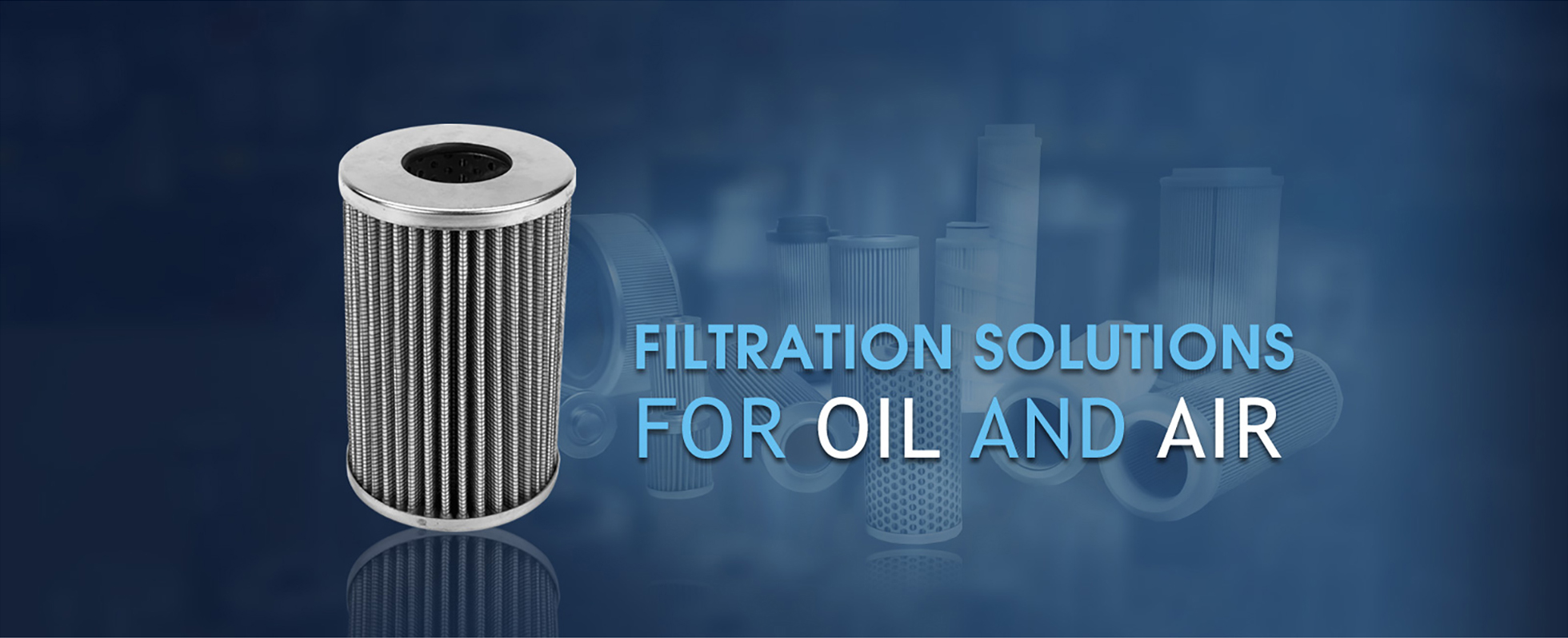
Dec . 06, 2024 17:52 Back to list
flange deep groove ball bearing
Understanding Flanged Deep Groove Ball Bearings Structure, Applications, and Benefits
Flanged deep groove ball bearings are a crucial component in a wide array of machinery and mechanical applications. These bearings, a subtype of deep groove ball bearings, are designed with a flange on one side of the outer ring. This unique feature enhances their usability in various contexts, providing additional stability and alignment, which can significantly influence the overall performance of the equipment they support.
Structure and Design
At their core, flanged deep groove ball bearings consist of an inner ring, an outer ring, rolling balls, and a cage that keeps the balls evenly spaced. The distinguishing characteristic of flanged deep groove ball bearings is the integral flange on their outer ring. This flange acts as a locating device, ensuring that the bearing remains secured in its housing and preventing axial displacement. This design is especially beneficial in applications where space is limited, and a straightforward alignment system is necessary.
The flanged design also aids in reducing installation errors, offering a more straightforward assembly process. The bearing can be oriented in its housing, reducing the need for additional components such as retaining rings or snap rings, which may typically be required to hold standard deep groove bearings in place.
Applications
Flanged deep groove ball bearings are widely used across various industries, including automotive, industrial machinery, aerospace, and consumer electronics. Their versatility allows them to be utilized in
1. Electric Motors These bearings are commonly found in the rotor and stator assemblies of electric motors, where they handle radial loads and provide excellent performance at high speeds.
2. Pumps In centrifugal and submersible pumps, the flanged designs help maintain alignment and efficiently support the dynamic loads encountered during operation.
3. Automotive Components Flanged deep groove ball bearings are utilized in several automotive applications, including wheel hubs, fan assemblies, and transmission systems, where their ability to handle both radial and axial loads is essential.
4. Robotics and Machinery The precise and reliable nature of these bearings makes them ideal for use in robotic arms, conveyors, and various automated machinery, where alignment and motion accuracy are critical.
flange deep groove ball bearing

Benefits
The advantages of using flanged deep groove ball bearings are numerous
- Enhanced Stability The flange on the outer ring provides added stability, helping to keep the bearing aligned under varying load conditions. This stability increases the overall efficiency of the machinery.
- Space-Saving Design As mentioned, the flange design allows for a more compact assembly, reducing the footprint required for installation. This benefit is particularly valuable in applications where design constraints are a concern.
- Reduced Wear and Tear The simplified installation and alignment reduce the risk of misalignment, mitigating the wear and tear on the bearing and adjacent components. This can result in extended service life and reduced maintenance costs over time.
- Versatility The ability to handle both radial and axial loads makes flanged deep groove ball bearings suitable for various applications, providing flexibility for engineers and designers.
- Cost-Effective Solution Due to their robust design and diverse applications, flanged deep groove ball bearings prove to be a cost-effective solution for manufacturers looking to optimize their products' performance without significantly increasing costs.
Conclusion
Flanged deep groove ball bearings are integral to modern mechanical systems, offering a blend of stability, versatility, and efficiency. Their unique design not only simplifies installation but also enhances the overall performance of the machinery in which they are used. As industries continue to innovate and develop new technologies, the reliance on bearings, including flanged deep groove ball bearings, will undoubtedly persist, highlighting their importance in an ever-evolving landscape of manufacturing and engineering. Whether for industrial machinery, automotive applications, or consumer electronics, these bearings remain a cornerstone of reliable and efficient design.
Latest news
-
Spherical Roller Bearings Applications: Heavy Duty, Self-Aligning
NewsAug.30,2025
-
Premium Deep Groove Ball Bearings | High Speed & Reliability
NewsAug.29,2025
-
Durable Scaffolding Clamps - Secure & Reliable Tube Connectors
NewsAug.28,2025
-
Common Failures in Thrust Ball Bearings and Solutions
NewsAug.22,2025
-
How Tapered Roller Bearings Can Take Shock Loads
NewsAug.22,2025
-
Angular Bearings in High-Precision Spindles
NewsAug.22,2025
